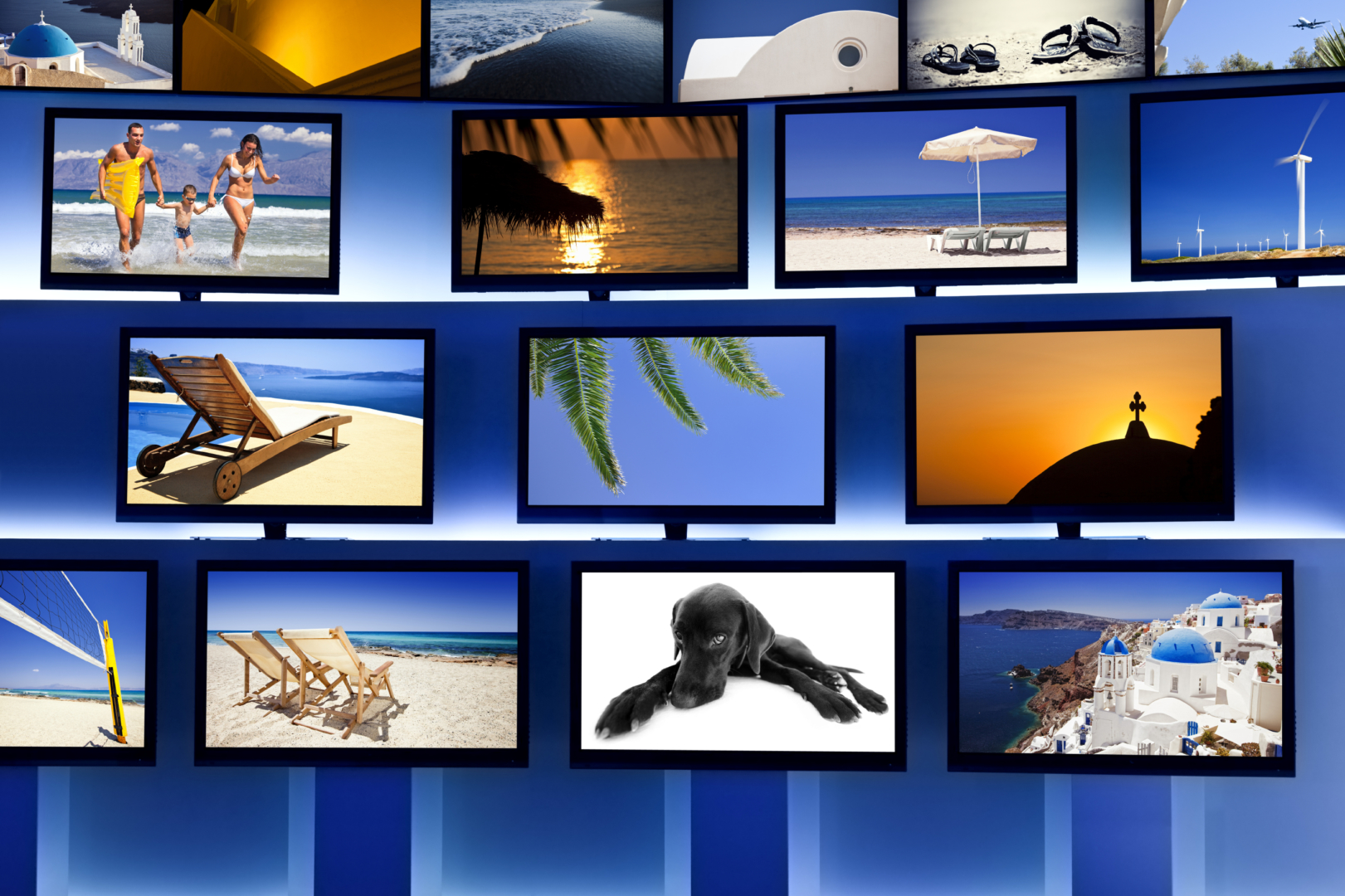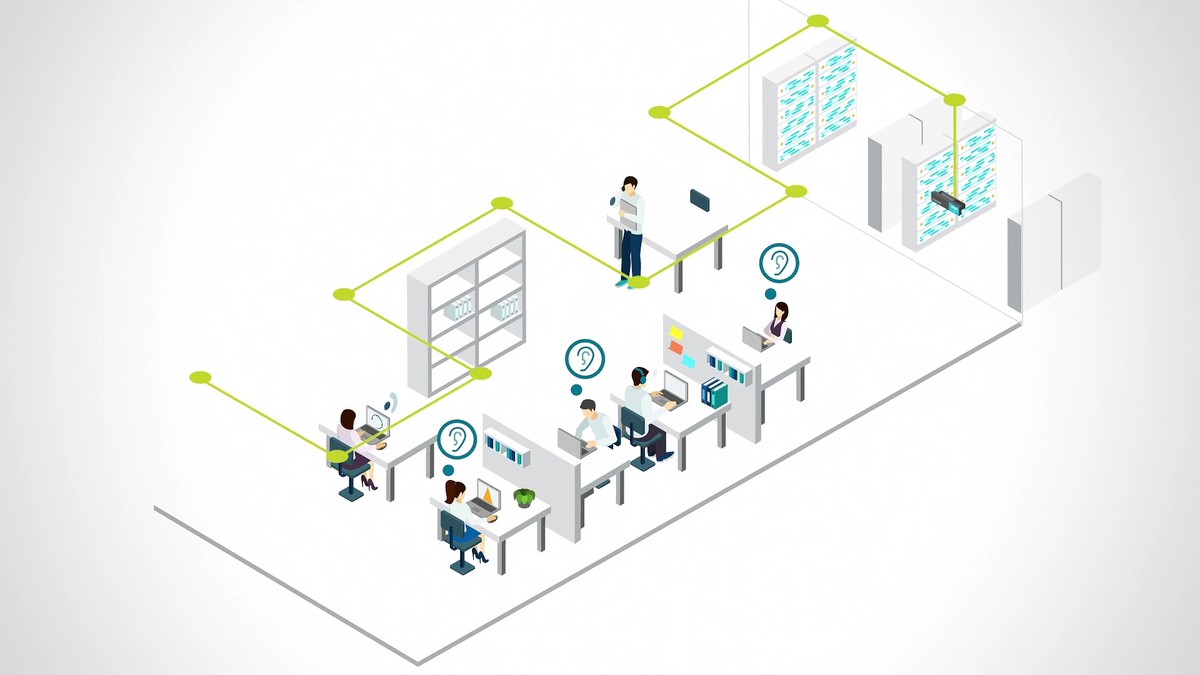
A while back, we wondered if clients might not need ultra-high resolution solutions just yet. And even if that might still be the case, now is the time for engineers to explore this future reality. We can’t ignore what’s coming. 8K Resolution is not quite ready for prime time – but it is getting closer, so we need to be prepared for it.
Here’s what you need to know:
The Advent of 8K
 Let’s start with a bit of history, going back over 10 years to October 2007. This was when, unnoticed by many, the 8K format was standardized by the Society of Motion Picture and Television Engineers. The actual signal interface was standardized in August 2010.
Let’s start with a bit of history, going back over 10 years to October 2007. This was when, unnoticed by many, the 8K format was standardized by the Society of Motion Picture and Television Engineers. The actual signal interface was standardized in August 2010.
By 2012, 8K was recommended as the international standard for television by the International Telecommunication Union’s Radio Communication Sector. While it sounds like everything was just around the corner in terms of implementation, it was only getting closer.
Since then, developers have been hard at work on hardware that can utilize 8K aspect ratio. HDMI and satellite providers have slowly begun announcing 8K capability, and several displays have demonstrated their ability to support it. So display technology is moving right along.
The biggest limitations at present are around infrastructure to accommodate 8K signal p aths. These will require a network of ultra high speed cables. So again, we are gaining traction on the technology, but we are currently implementing the technology at high rates.
aths. These will require a network of ultra high speed cables. So again, we are gaining traction on the technology, but we are currently implementing the technology at high rates.
Equipment design is of course a leading indicator. As more and more clients get fitted out with the latest hardware, understanding and preparing for 8K becomes all the more crucial.
Another current limitation is 8K-ready content. But content in general is rarely in short supply, so this is likely to be a problem that takes care of itself. At present, the first 8K broadcast is slated for the 2020 Tokyo Olympic games.
Benefits of 8K
 Slow adaptation may have something to do with a lack of clarity about the benefits of 8K.
Slow adaptation may have something to do with a lack of clarity about the benefits of 8K.
The most obvious benefit is increased levels of detail. 8K resolution offers 4 times the pixels of 4K, and thus 4 times the possible detail – 16 times more than 1080P FHD. For reference in megapixel language:
8K offers a dramatically higher pixel density – meaning how many pixels are packed into every inch of display size. So an audience can get pretty close to the display without detecting any measure of pixilation.
We’ve covered display capabilities, content and signal paths. What else is needed for engineers to be prepared for 8K, so you can hit the ground running and provide clients with what they are clamoring for?
As with any other technology, the more capabilities and equipment that come to market, the greater the demand will be. Understanding the part that design engineers play and what we are and can be capable of – these are the best tools for getting prepared for 8K Resolution.
Talk to Us About Your Project
Too busy to chat right now?
Send us a message.





